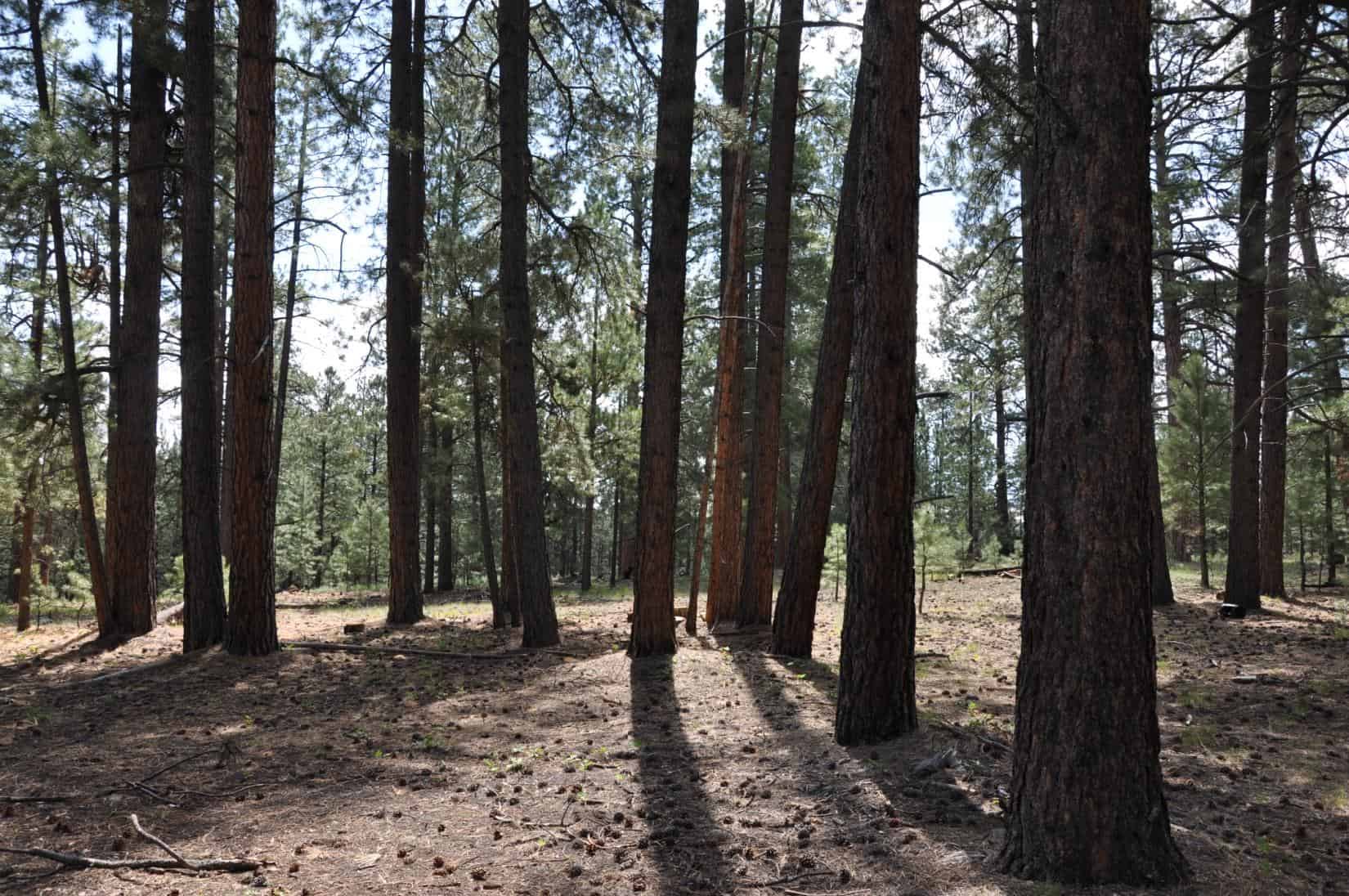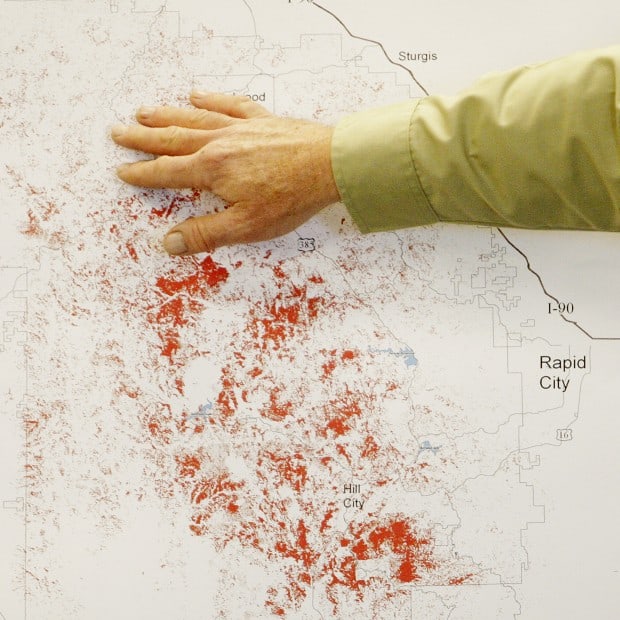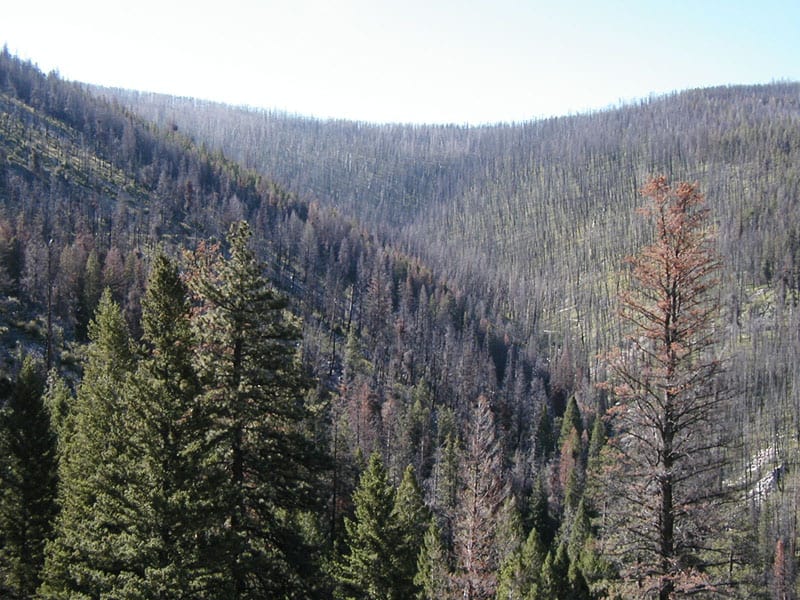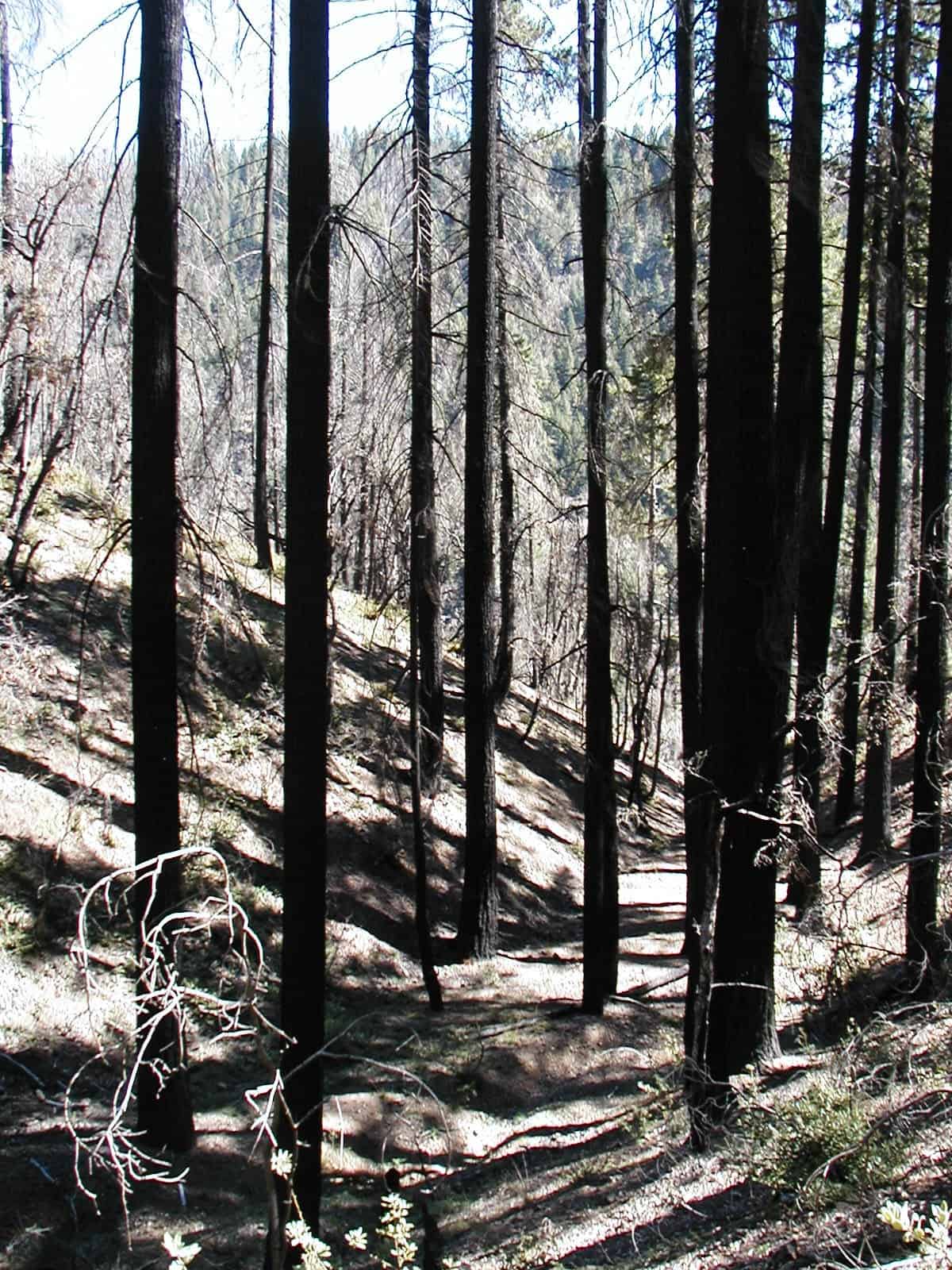The above are photos of 1) what the stand is desired to look like, and 2) what stands look like when not enough 16 inchers have been removed. At least that is my interpretation of the photos in the EA here. If I misinterpreted, please feel free to point it out.
Here is the link and below is an excerpt:
The area in question is about 39 square miles located near Jacob Lake, or north of the 40,000 acres accidentally burned in 2006’s prescribed-burn-turned-wildfire on the North Kaibab Ranger District, called the Warm fire.
It’s a defeat for the Sierra Club and Center for Biological Diversity, which have raised objections over the age and size of trees to be thinned since 1998.
Those groups asserted that the scale of thinning the Forest Service had proposed on the Kaibab Plateau is not beneficial to the northern goshawk, a bird the forest service considers a “sensitive” species (not federally listed as threatened or endangered), and submitted data to support that view.
The Forest Service weighed that data, then set it aside in favor of what its own expert had said about how dense or sparse the forest could be in areas where the goshawk live.
The plans allow for logging of ponderosa pines 16 inches and larger in diameter (with no upper size limits), though the Forest Service says it will only account for fewer than 2 percent of the trees to be cut.
The matter is potentially significant because the conservation groups have raised objections to similar plans for a handful of other thinning projects on national forests elsewhere in northern Arizona, including closer to Flagstaff.
“It makes no sense for the Forest Service to continue to push to log these old growth and large trees, when we have so little remaining. This is not a restoration project. It is a squandering of these biologically significant large trees — critical and missing components in many of our forests,” stated Sandy Bahr, of the Sierra Club.
The district forester lauded the decision.
“Thanks to the hard work and perseverance of our employees, and support from our local communities, we can move forward to help protect the habitat and the forest from high intensity wildfire,” stated North Kaibab District Ranger Randall Walker.
Note from Sharon:
1) I am curious whether this is the same project as in this story here” Group Sues to Stop Thinning Project near the Grand Canyon.”
And only a small percentage of the forest’s old-growth trees will be removed, he added.
I anticipate that some critics of my decision may mischaracterize this project with claims that it will significantly reduce old growth habitat,” Short wrote in the assessment. “Alternative 1 would reduce old growth by up to 105 acres within the 26,916 acre Jacob-Ryan project area. This equates to approximately 0.4 percent change in old growth allocation.”Loggers would cull old-growth trees only where it would be necessary to promote restoration goals, according to the agency.
However the same story also says…
Under the proposal, about 700 acres of mature and old-growth ponderosa pines would be harvested.
39 square miles? 700 acres? 105 acres? This seems very confusing.
I sure think it would be interesting if, for each project that goes to litigation, the unit would develop a standard video package that shows 1) what the area currently looks like, 2) explains why they are doing what they are doing, 3) show how they would do the marking, and then 4) show what nearby areas look like after that treatment. There was some of that done in this EA, but I think a video showing what trees would be removed and why would be clearer. It would be helpful for folks on this blog, and other members of the public and the media to understand and compare. It would also be interesting to know how much the FS, OGC and DOJ spent defending this one (39 square miles, or 150 or 700 acres, whatever..) compared to the 150 acre and 600 acre projects we’ve talked about on this blog before. We could even then generate a litigation cost per acre..
Here’s a letter to the editor by the ranger describing the project and the FS side..Good work by the FS, OGC and DOJ on the case, and the District for the EA and getting the word out.











